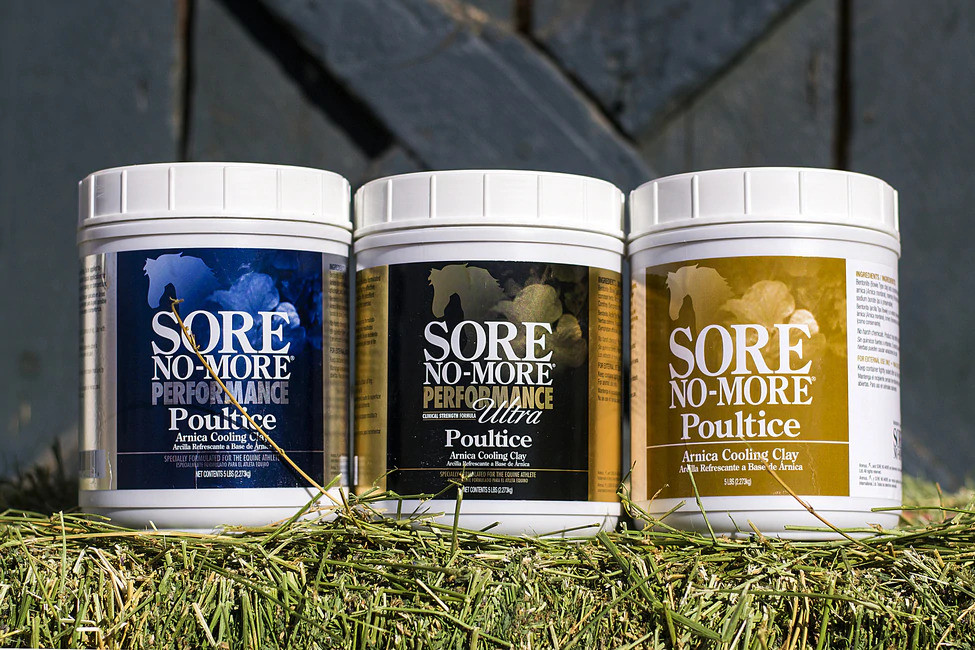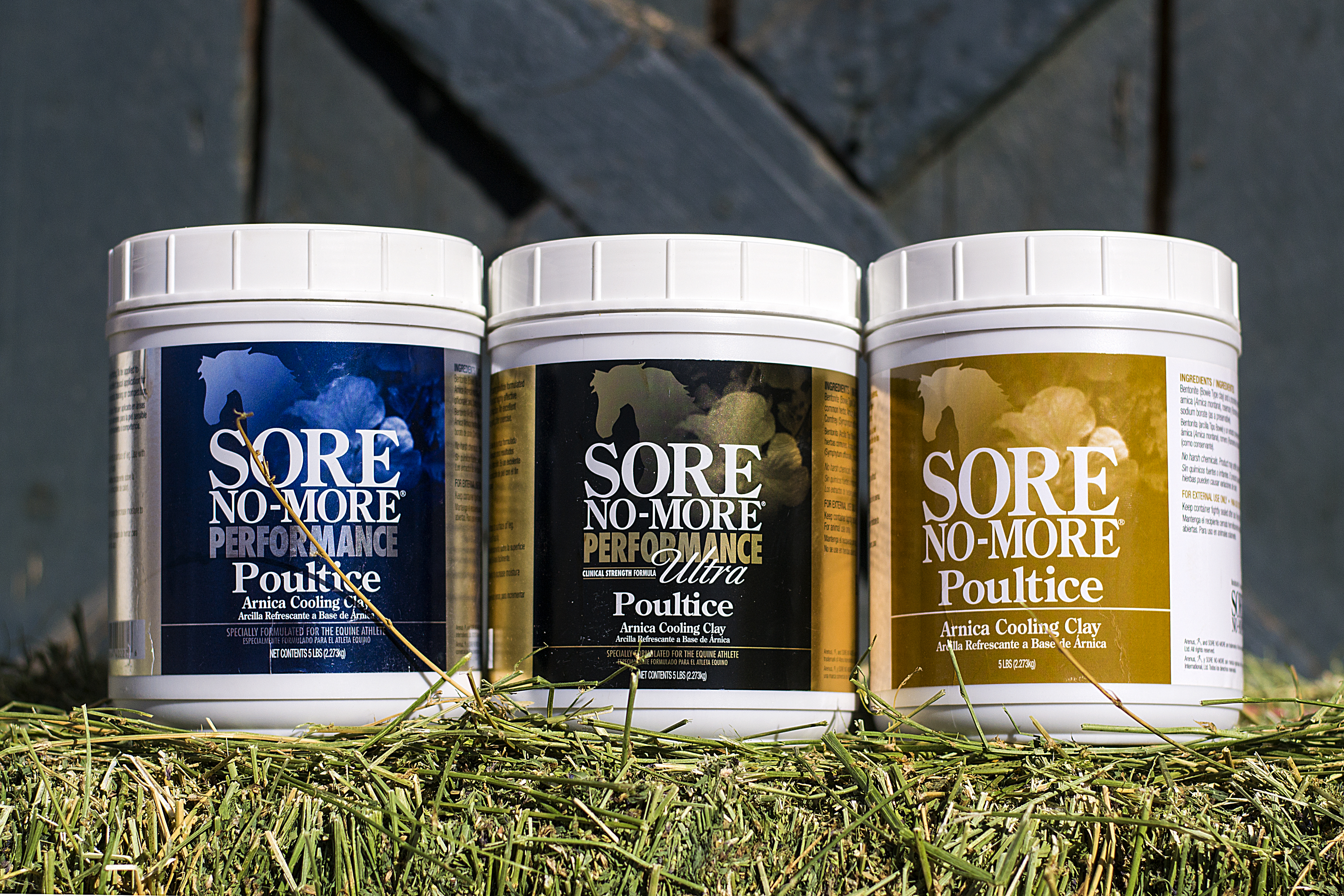
Poultice: Do you know what you're missing?
While commonplace in the racing and eventing world, poultice isn't often utilized in other disciplines. Much of that is simply due to the fact that riders are creatures of habit; we use what we know and we know what we're taught. If you grow up learning to ride in a community that doesn't use poultice, you're not likely to use it either.
But are you missing out?
We ask a lot of our performance horses and they give us their all. At the end of the day, they experience soreness and fatigue just as we do. Liniments definitely have their place but, in certain situations, poultices can be a better fit. Many people associate poultice with drawing out swelling and, while they're not wrong, it can be an extremely beneficial addition to your horse's daily, post-workout routine.
When quality poultices are used correctly, they can keep your horse from developing inflammation, reduce recovery time, help prevent lower limb injuries and manage pain. With a resume like that, why wouldn't you use it!
Perhaps the biggest factor keeping riders from trying poultice can be traced to unfamiliarity. The unknown is a powerful force and knowing what differentiates a good poultice from a bad one and how to use them properly are the first steps to overcoming that.
PICKING A POULTICE
There are many kinds of poultice available for horses; so many in fact that it can be overwhelming. It is important to know that not all are created equal and not all will work as efficiently as you'd like. For most horses, evaluating your poultice choices as you would your liniment choices is a good place to start. Finding one that begins with an all-natural base is vitally important as it can limit the chance that your horse will have a reaction to the ingredients.
Most poultices contain only clay which, in and of itself, is therapeutic. However, finding a poultice that also contains liniment or additional anti-inflammatory benefit. Again, it is important to evaluate the ingredients to ensure that they do not contain anything that your horse may react to or that your horse show regulations prohibit.
The quality and nature of the clay used can vary immensely as well. Bowie type, Bentonite clay is typically thought of as the best due to its therapeutic capabilities and easy on/easy off nature. This particular clay goes on smooth and even and, once dry, can simply be brushed or rinsed off easily whereas other clays require a good deal of effort to remove.
USING A POULTICE
Step 1:
Clean the area you will be poulticing thoroughly (usually the lower limb, below the knee).
Step 2:
Tear a two foot length of brown paper (either from a shopping bag or a roll of Kraft paper) for each leg and soak it in a small bucket of plain water. Plastic wrap can also be used if so desired (no soaking needed).
Step 3:
Apply your poultice to the desired area in the direction of the hair coat. Wetting your hands a bit can help ensure you get a smooth, even application.
Step 4:
Remove the paper from the water and squeeze out excess.
Step 5:
Wrap the wet paper evenly around the poulticed leg.
Step 6:
Finish the wrapping process by applying a cotton wrap or standing wrap directly over the wet paper. Refer to this blog for instructions on how to properly wrap a leg.
Step 7:
When the bandages are removed, the poultice and paper should be dry (most quality poultices are designed to be left on overnight). Both the poultice and paper will crumble easily off your horse's legs and any residual poultice can be brushed or hosed off. If the poultice is still wet when you remove the bandage, you may need to hose off your horse's legs to remove the remainder.
Step 8:
Thoroughly dry your horse's legs when finished.
More of a visual learner? No problem! Check out this helpful how-to video on poulticing:


